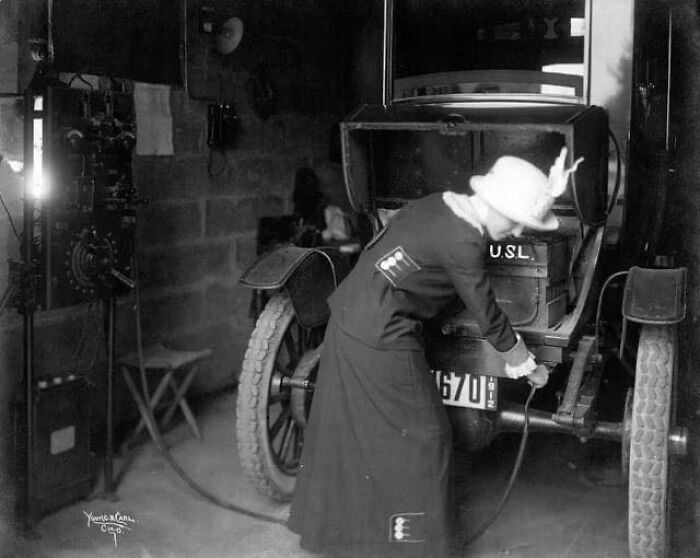this post was submitted on 21 Nov 2024
513 points (99.4% liked)
HistoryPorn
4892 readers
739 users here now
If you would like to become a mod in this community, kindly PM the mod.
Relive the Past in Jaw-Dropping Detail!
HistoryPorn is for photographs (or, if it can be found, film) of the past, recent or distant! Give us a little snapshot of history!
Rules
- Be respectful and inclusive.
- No harassment, hate speech, or trolling.
- Engage in constructive discussions.
- Share relevant content.
- Follow guidelines and moderators' instructions.
- Use appropriate language and tone.
- Report violations.
- Foster a continuous learning environment.
- No genocide or atrocity denialism.
Pictures of old artifacts and museum pieces should go to History Artifacts
Illustrations and paintings should go to History Drawings
Related Communities:
founded 1 year ago
MODERATORS
you are viewing a single comment's thread
view the rest of the comments
view the rest of the comments

From a 110 year old book I picked up recently:
I'm fairly convinced that the reason internal combustion won - even though it would regularly break your wrist when you started it - was that it made loud noises.
Back then cars were a luxury, and if you're buying something flashy you want people to notice you. A gasoline engine sputtering down the road would draw far more attention than an electric motor, so people bought those.
From an engineering standpoint, liquid fuels have a far greater energy-to-weight ratio than batteries. Some of the largest advancements in combustion engines for the purpose of conveyance were made during the world wars. Noise was something they actively fought against. Loud tanks are scary, but unexpected tanks are much scarier. If they really needed it to be loud, sirens exist (see: Jericho siren). The energy-to-weight problem is only now finally being solved via modern batteries using exotic materials and processes well outside of early 1900's technology.
That's the textbook answer but I think mine is more fun.
Fun to remember that Mr. Toad was a parody of all the dicks who drove cars.
It’s interesting to see this and be reminded that 110 years ago electricity was more readily available than gasoline. It took time for gas stations to become widespread. Even in the post-WWII era it was not uncommon for drivers to encounter signs warning that the last gas station was approaching and there would be no more for another 60+ miles (100+ kilometers, I suppose). It took decades to expand the gasoline distribution network.
In one sense electric vehicles are in the same boat today, at least in the US. From the standpoint of being able to charge at home, electric is more convenient and current models on sale likely have more than enough range for most people’s daily (or probably even weekly) commute. The cost advantage is also still there when charging at home. However, if you’re going on a roadtrip you’re much more likely to face long stretches without a fast charger, and probably no signs on the road warning you. It’s up to drivers to plan ahead to make sure they’ll have enough charge to make the next charger (and potentially have a backup location in case their first choice is full or broken). With the ubiquity of gas stations, and perhaps even more so GPS navigation on our phones, most drivers aren’t used to doing much planning when going on road trips anymore.
What is the title and who is the author of this book?
Storage Batteries Stationary and Portable by J.T. Niblett, M. I. E. E. Copyright 1911/1912.
Looks like Archive's got it: https://archive.org/details/storage_batteries_1912/page/n3/mode/2up
I think a lot of electric cars have trip planning built in these days.
With mine, I just punch in my destination and it routes and sets up chargers for me to hit. That said, I've never gone further than 900 miles on the west coast between Northern and Southern California, and a trip through the desert to Las Vegas, but it's always been smooth sailing.
Tldr
Electric power will win